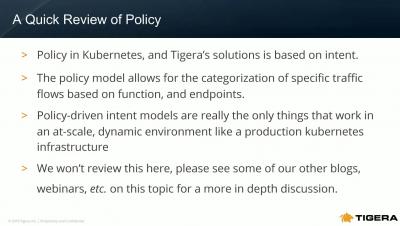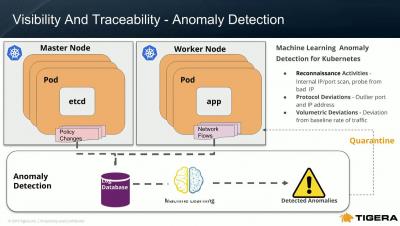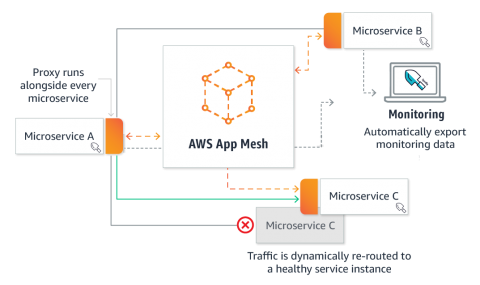Do You Know Your Numbers? No, Your Cyber Health Numbers!
Last year, as in years prior, was a year full of cyber-attacks. But what was interesting was the trend of small and medium businesses being targeted more often. Generally, those types of businesses have either rested in the false impression that they’re not a big enough target or didn’t have plentiful valuable information hackers are seeking. The reality is the opposite and the stakes couldn’t be higher.










